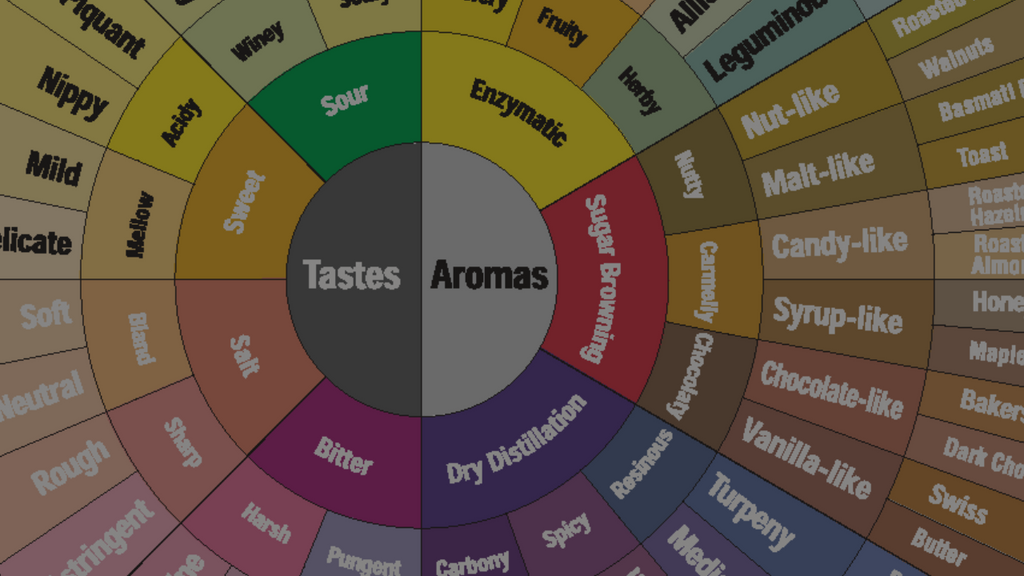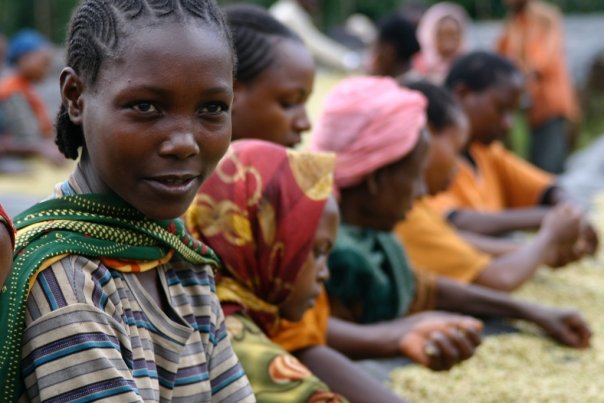An Overview of Coffee Flavors from Major Growing Regions

If you’re standing there, trying to buy good coffee, and you’re confronted with a number of single origin coffees, how do you know what flavors are going to come out in the cup? It helps to know a little bit about coffee flavors from major growing regions around the world.

Some people will tell us that there are thousands of flavor components in coffee. Pretty amazing when you consider the simple bean doesn’t really have anything added to it. Over the last few years, some roasters have started to put very unique and flowery descriptions of their coffee beans on the bags and online. To the point where some people find it kind of crazy.
Assuming you’re purchasing your coffee from a local roaster, and you’ve bypassed the grocery store coffee, what general coffee flavors can you expect from the major coffee growing regions of the world?
Just like wines have unique flavors depending on the varietal and the region it was grown in, each coffee growing region tends to have some consistent and unique flavors as well. Here are a couple of very general taste principles you can expect from various coffee growing regions:
Central American Coffees
Typically medium body, nutty and sweet chocolate notes. Roasters often keep these coffees as a medium roast coffee. There can be a very nice raisin and sweet aftertaste to many centrals. Typically a very “balanced” cup as far as body and acidity goes. Central America is the closest coffee growing region to the United States so it’s certainly had a key role in shaping the American idea of what “coffee” tastes like.

South American Coffees
Like their neighbors just north, South American coffees can be sweet and flavorful. Columbian coffees often have a caramel-like sweetness and a nutty undertone. Most Brazilian coffees are natural process coffees which can lead to a fuller body and some rasin-like notes in the aftertaste.
African Coffees
Fruity and bright. Generally a light body and can, at times be somewhat delicate (with notable exceptions). Ethiopian coffees can have lots of blueberry notes. Kenyan coffees are big and juicy have a very unique acidity that is prized among coffee lovers. Most of the time, roasters tend to want to keep these coffees on the lighter side.
Indonesian Coffees
Typically full bodied, deep and earthy. If they’re roasted lighter, they often maintain an herbacious complexity. Many times, Sumatran and Java coffees are roasted a bit on the darker side. Typically we see smoky, tobacco notes in the cup due to some darker roast profiles.
In Summary…
Keep in mind that these are very general flavor notes designed to help you when you’re picking out a coffee. Not every African coffee is going to be a light roast (case in point). Not every roaster is going to roast their Central American coffees a medium roast. I had a light roast Honduras one time that was out of this world. It’s always important to talk to your roaster and see how they’re roasting and what flavors they find in the cup.
